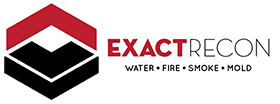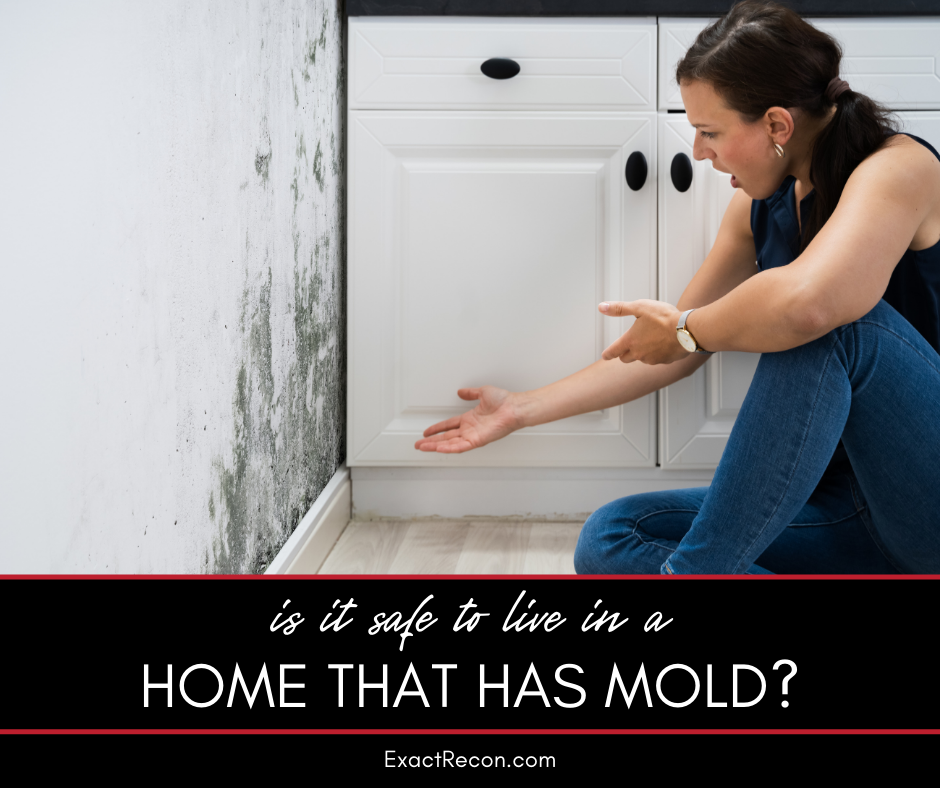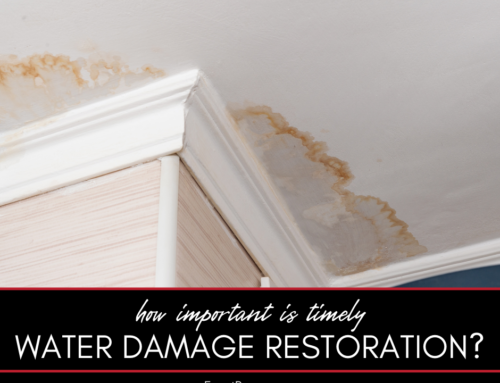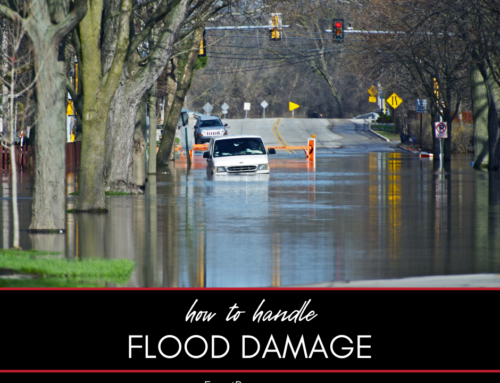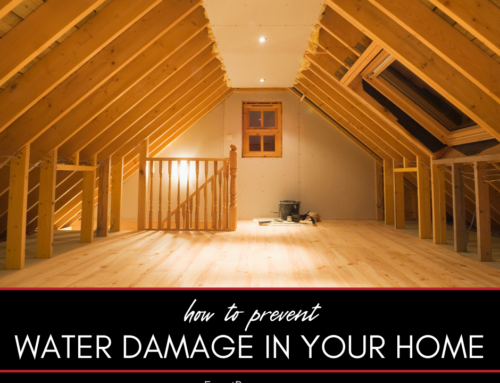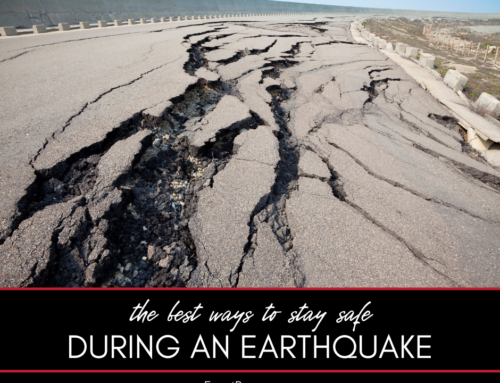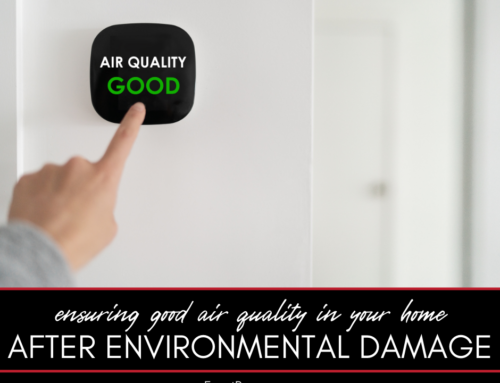You’re back at home after a flood, fire, or another disaster, and you notice a strange musty smell, or you spot some patches of fuzzy, odd-colored growth on your walls or ceilings. This, my friends, is mold, a common post-disaster intruder. The question now is, is it safe to live in a home with mold? Let’s find out.
Is it Safe to Live in a Home With Mold?
In this guide, we will dive into what mold is, how it can affect your health, ways to identify mold, how to eliminate it, and steps to prevent future mold growth. Here are the topics we’ll be discussing:
- What is Mold and Why is it a Concern?
- The Health Effects of Living With Mold
- How to Identify Mold in Your Home
- Effective Strategies for Mold Removal
- Preventing Future Mold Growth
Here’s a closer look at each.
What is Mold and Why is it a Concern?
Mold is a type of fungi that’s practically everywhere – both outdoors and indoors. It reproduces through tiny, airborne spores and thrives in damp, warm conditions. It’s not uncommon for mold to crop up after a home has been exposed to water damage from flooding, leaking roofs or pipes, or high humidity. But why should you be concerned about mold in your home?
There are two main reasons: structural damage and health issues. Mold can gradually destroy the materials it grows on by breaking them down to get nutrients. This can lead to serious damage to your home’s structure and furnishings. Additionally, the presence of mold can adversely affect indoor air quality and lead to potential health problems for you and your family.
The Health Effects of Living With Mold
Mold exposure can lead to a range of health issues. For people sensitive to mold, exposure can trigger allergic reactions, including sneezing, redness and itching in the eyes, a skin rash, and a runny nose. Some people may experience more severe reactions like difficulty breathing or shortness of breath.
For people with mold allergies, their symptoms may be more severe and chronic. Mold exposure may also trigger asthma attacks in people with asthma. Therefore, if mold is a problem in your home, you should get it taken care of right away to protect your health and the health of your family.
Related: How to prepare for Michigan’s tornado season
How to Identify Mold in Your Home
Identifying mold in your home early can help prevent more significant issues down the line. Some key indicators of mold include:
- Visible mold growth: This may look like a fuzzy or slimy patch that’s green, black, brown, or white.
- Musty smell: Mold often produces a strong, musty odor that can be a clear sign of its presence.
- Past flooding or water damage: If your home has had any water damage, it’s highly likely that mold has grown as a result.
Effective Strategies for Mold Removal
Depending on the size of the mold problem, you might be able to handle it yourself. However, for larger infestations, you’ll need professional help.
If the moldy area is less than about 10 square feet, you can handle it yourself with a rigorous scrubbing with detergent and water. Be sure to dry the area completely after.
However, if the problem is extensive or if the mold comes back after cleaning, it’s time to call in a professional. Professionals have the training and tools to handle the issue safely and effectively, ensuring that the mold is removed completely and won’t return.
Preventing Future Mold Growth
Prevention is the best defense against mold. Once you’ve addressed existing mold issues, preventing future growth is crucial. Some tips include:
- Control humidity levels: Keep your home’s humidity levels below 60 percent.
- Ventilate your home: Ensure your home is well-ventilated, especially in places like the bathroom, kitchen, and laundry room.
- Fix leaks: Address any leaks in your home’s roof, walls, or plumbing promptly.
- Clean and dry your home thoroughly after flooding.
Remember, the key to mold control is moisture control. With these tips, you can significantly reduce the chance of mold making an unwelcome comeback in your home.
Related: What to do about fire damage in your home
FAQ About the Safety of Living in a Home With Mold
Here are some frequently asked questions about whether it’s safe to live in a home with mold. If you don’t see the answers you’re looking for here, please call our office. We’re here to help.
What are the signs of mold in my home?
Mold can be detected by its musty smell, visible growth on surfaces, and symptoms such as sneezing, runny nose, and itchy eyes among the residents.
Related: How to identify and prevent mold growth in your home
Can mold make me sick?
Yes, prolonged exposure to mold can cause health issues such as allergic reactions, respiratory problems, and in severe cases, neurological issues.
What do I do if I find mold in my home?
If you find a small area of mold, you can attempt to clean it yourself. However, larger infestations should be handled by a professional to ensure complete removal.
What can be done to prevent mold growth?
Reducing humidity, ensuring good ventilation, and fixing any leaks promptly can help prevent mold growth.
Related: Why DIY mold remediation may be a bad idea
Can I stay in my home during mold remediation?
This depends on the severity of the mold problem. While some situations allow for residents to stay, others might require temporary relocation.
Living in a home with mold isn’t just uncomfortable, it can be hazardous to your health. If you suspect your home may have a mold problem, don’t hesitate to take action. Remember, you’re not alone in this fight against mold – professionals are here to help ensure you can live in your home safely and mold-free.
Do You Need a Disaster Remediation Expert in Washtenaw County or Jackson County?
If your home has already been damaged, we can help. Check out our services and call 734-352-9183 for your free disaster remediation quote today. We offer:
